
On average, as temperatures are increasing, this will be the coolest summer of the rest of our lives, with each year getting hotter. Enjoy

On average, as temperatures are increasing, this will be the coolest summer of the rest of our lives, with each year getting hotter. Enjoy
Heat Waves Are Moving Slower and Staying Longer, Study Finds | Climate change is making heat waves linger for longer stretches of time, exacerbating the effects of extreme temperatures.
https://www.nytimes.com/2024/03/29/climate/heat-waves-longer-slower.html?unlocked_article_code=1.gU0.cb8E.hOOHkE-9BG1M
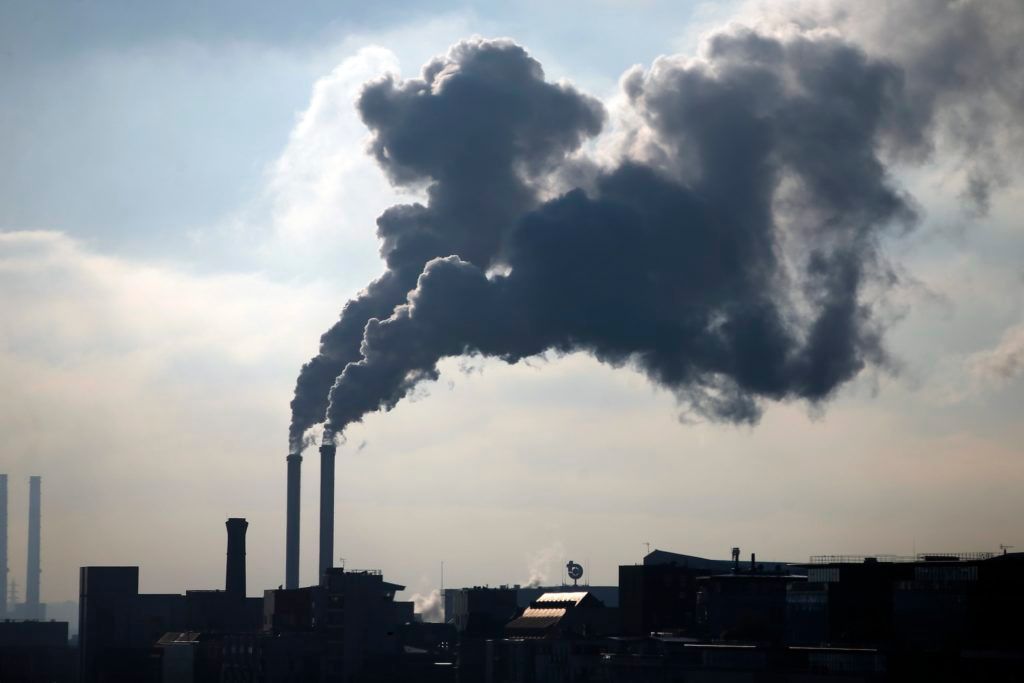
"Electricity and transportation each contribute about a quarter of America’s carbon emissions. Thanks to the growth of renewable energy and electric cars, those sectors are starting to get cleaner. Heavy industry is also a major source of pollution. The White House pledged billions for projects to spur a green revolution in those industries."
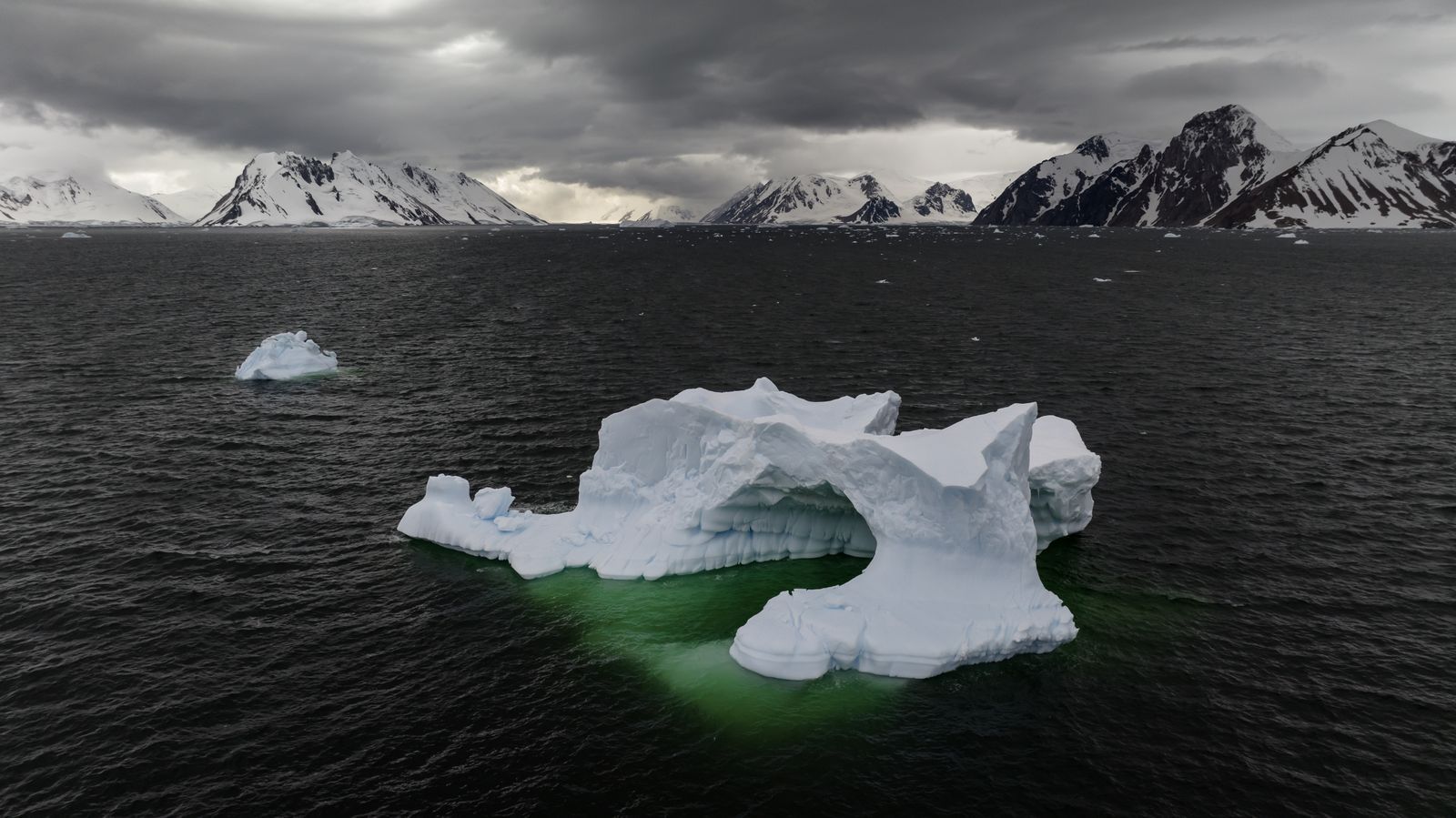
"Melting Polar Ice Sheets Are Slowing Earth’s Rotation. That Could Change How We Keep Time. As ice melts into water and flows toward the equator, it redistributes mass around the Earth, affecting the planet’s spin, a new study finds."

"Electricity and transportation each contribute about a quarter of America’s carbon emissions. Thanks to the growth of renewable energy and electric cars, those sectors are starting to get cleaner. Heavy industry is also a major source of pollution. The White House pledged billions for projects to spur a green revolution in those industries."
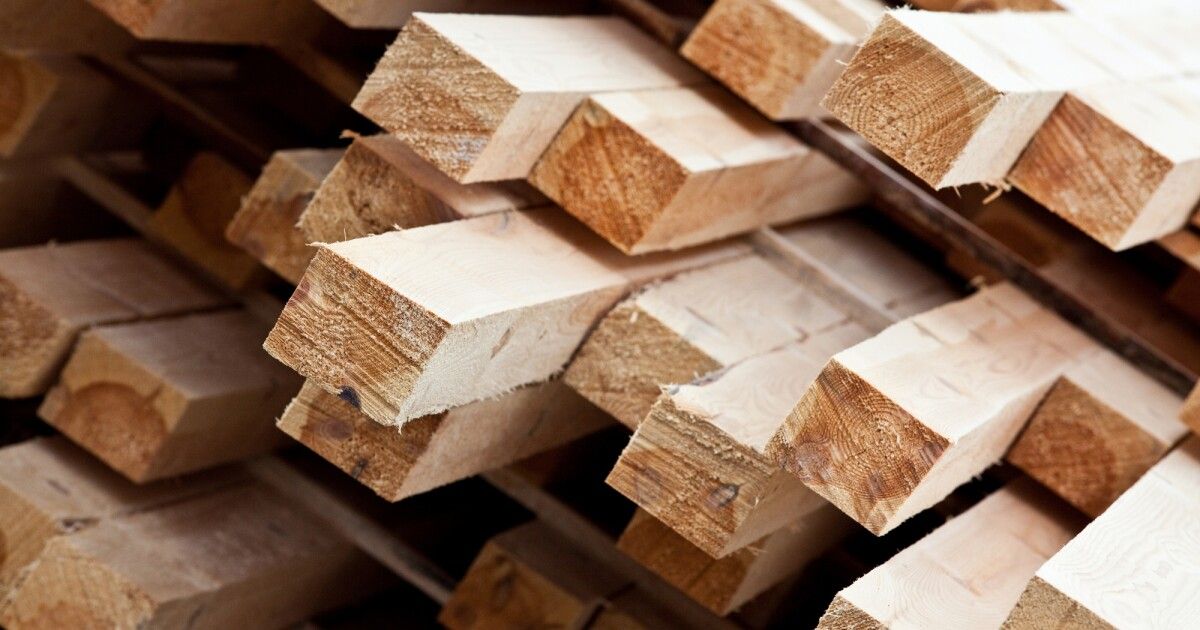
A new technique can grow wood-like plant material in the lab, allowing for tuning of properties like weight/strength…you can “grow” the materials in exactly the shape that you need, so you don’t need to do any subtractive manufacturing after the fact.
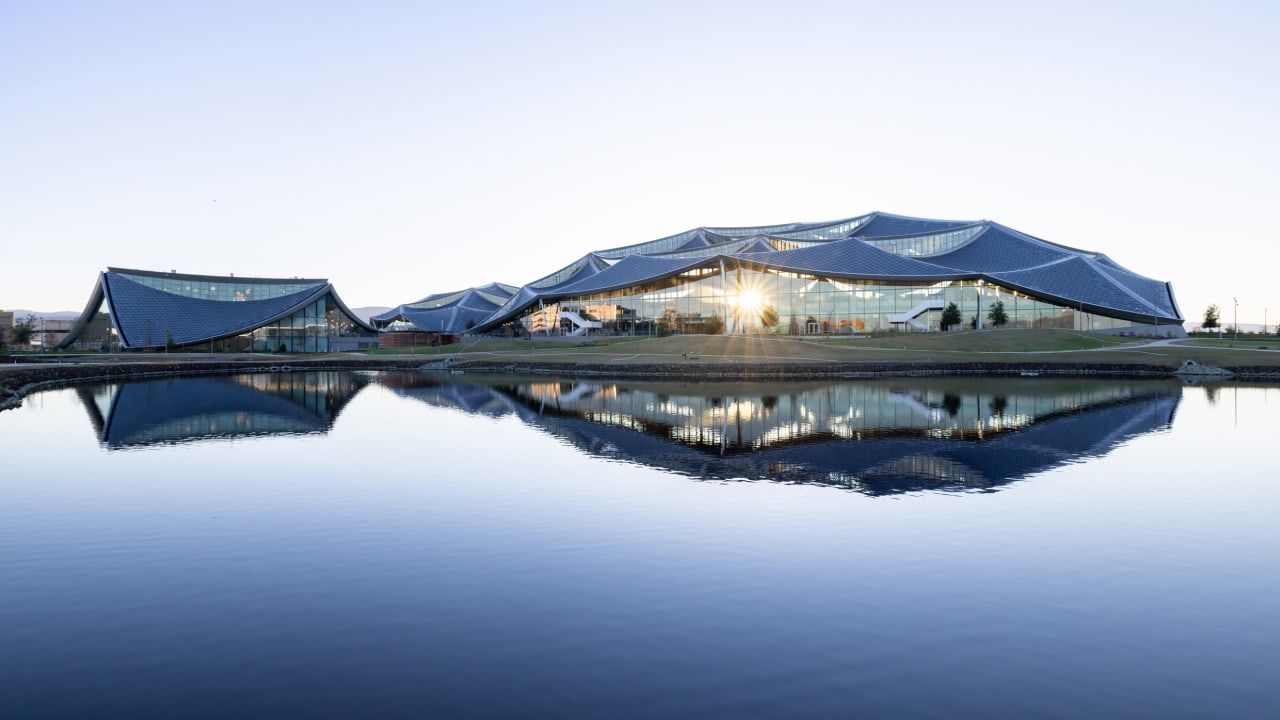
This article reads like a Google marketing press release, but the design is pretty cool and is cutting edge in terms of some of these design aspects, especially the way the solar is arrayed to capture early morning and early evening sun to avoid the standard peak of solar panels at noon.
– At Google’s newly opened campus in Mountain View, California, it isn’t immediately obvious that the roofs are covered in solar panels. But the sprawling canopies on each building—looking a little like futuristic circus tents—are covered in 50,000 small, silver-colored “dragonscale” photovoltaic panels, shaped to optimize the times they can generate solar power throughout the day
– It’s part of an approach that the company, along with architects from Bjarke Ingels Group and Heatherwick Studio, took to making the new campus, which covers more than a million square feet, as sustainable as possible. In an area currently undergoing a severe drought, it’s designed to save water. A massive geothermal system, the largest in North America, makes it possible to heat and cool the buildings without fossil fuels. The landscaping helps support biodiversity. The buildings’ solar skins, along with local wind power, will help the campus work toward Google’s goal of running on 100% renewable power, 24-7, by the end of the decade. (Right now, it runs on 90% renewable power.)
– Typical solar panels generate power in the middle of the day, and as the amount of solar power in California has grown, the state has struggled to deal with the mismatch between the time that power is generated and the time that it’s used. “Every year, clean energy from solar plants gets curtailed in the middle of the day because it’s too much, and there isn’t enough load,” Tahir says. Because the solar panels sit on the new roofs facing different angles, some catch more light early in the morning and others get more afternoon light, both times when the larger electric grid has less renewable energy.
– The team also focused on the aesthetics of the panels. “We went deep into understanding the solar supply chain, how panels are manufactured, figuring out where we might have the ability to change components, elements, and all that you need—that vision,” he says. “So that in this case, the goal was really to show that it can be beautiful and efficient at the same time.”
– Underground, a geothermal field taps into the steady temperature below the surface to pump heat back and forth for heating and cooling. The geothermal system helps cut carbon emissions on the site in half. It also shrinks the huge amount of water that would have been used in a standard cooling tower, eliminating the use of around five million gallons of water a year.
-What really allowed us to become ‘net positive,’ generating more reclaimed water than we’re using, was reducing demand,” says Tahir. The campus also recycles any water that’s used, so it can be used again to flush toilets and irrigate the landscape. Rain is collected in above-ground pools and also combined with the recycled water.
– The grounds, restored to bring back native habitat, connect to a public trail with native plants next to a stream that’s home to wildlife
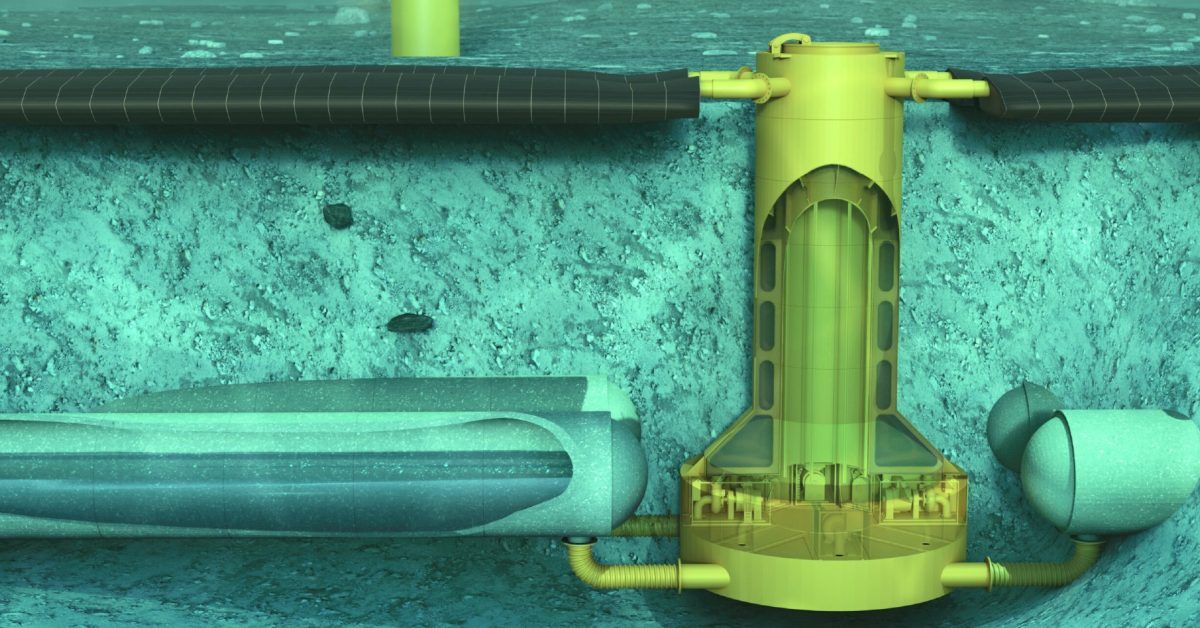
"Offshore wind power needs energy storage and power regulation, and Ocean Grazer has invented an offshore energy storage system that will sit at the bottom of the sea and manage the flow of electricity through the power grid.
…
Ocean Battery is based on hydro dam technology that can be deployed at the source of power generation. Excess wind power is routed toward the Ocean Battery that pumps water from its underground reservoirs into the flexible bladders installed at the seabed. Whenever there is a demand for power, water is routed through hydro turbines to generate electricity back into the underground reservoirs.
…
Ocean Grazer claims that Ocean Battery has an efficiency of around 80% and that it should be able to run unlimited cycles for more than 20 years. The company, which announced on January 6 that it has closed a deal with an angel investor, will deploy an onshore Ocean Battery in the Netherlands by 2023 and aims to have an offshore system in place by 2025."